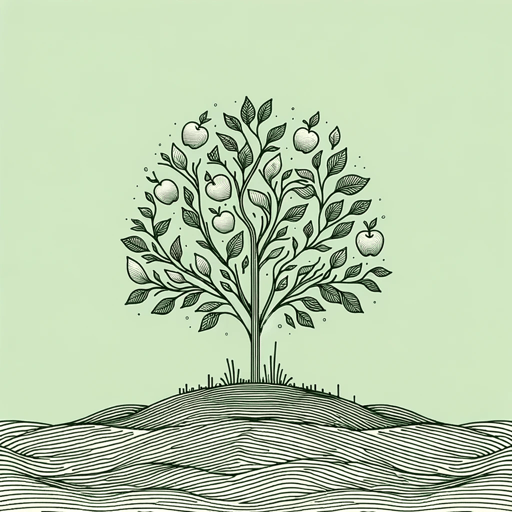24 pages • 48 minutes read
T. S. EliotThe Love Song of J. Alfred Prufrock
Fiction | Poem | Adult | Published in 1915A modern alternative to SparkNotes and CliffsNotes, SuperSummary offers high-quality Study Guides with detailed chapter summaries and analysis of major themes, characters, and more.
Literary Devices
Allusion
“Prufrock” begins with an allusion to Dante’s Inferno and further alludes to a multitude of other texts—from the Bible to Shakespeare—over the course of the poem. Eliot famously wrote on the role of allusion in “Tradition and the Individual Talent,” saying, “No poet, no artist of any art, has his complete meaning alone. His significance, his appreciation is the appreciation of his relation to the dead poets and artists” (Eliot, T. S., and Frank Kermode. Selected Prose of T.S. Eliot. Harcourt Brace Jovanovich, 1988, 38). Eliot saw himself as a poet in constant conversation with writers and texts that preceded him and in “Prufrock,” he draws on these texts to establish Prufrock’s character. The allusions to John the Baptist and Lazarus in the final third of the poem recast the fear and anxiety he feels: He relates to the violence and suffering of these two figures but cannot claim their greatness as prophet or resurrected man. The allusion to Hamlet at the end of the poem furthers this self-effacing despair, as he is nothing more than the Fool in Hamlet’s court.
Related Titles
By T. S. Eliot

Ash Wednesday
T. S. Eliot

Four Quartets
T. S. Eliot

Journey of the Magi
T. S. Eliot

Little Gidding
T. S. Eliot

Mr. Mistoffelees
T. S. Eliot

Murder in the Cathedral
T. S. Eliot

Portrait of a Lady
T. S. Eliot

Rhapsody On A Windy Night
T. S. Eliot

The Cocktail Party
T. S. Eliot

The Hollow Men
T. S. Eliot

The Song of the Jellicles
T. S. Eliot

The Waste Land
T. S. Eliot

Tradition and the Individual Talent
T. S. Eliot

